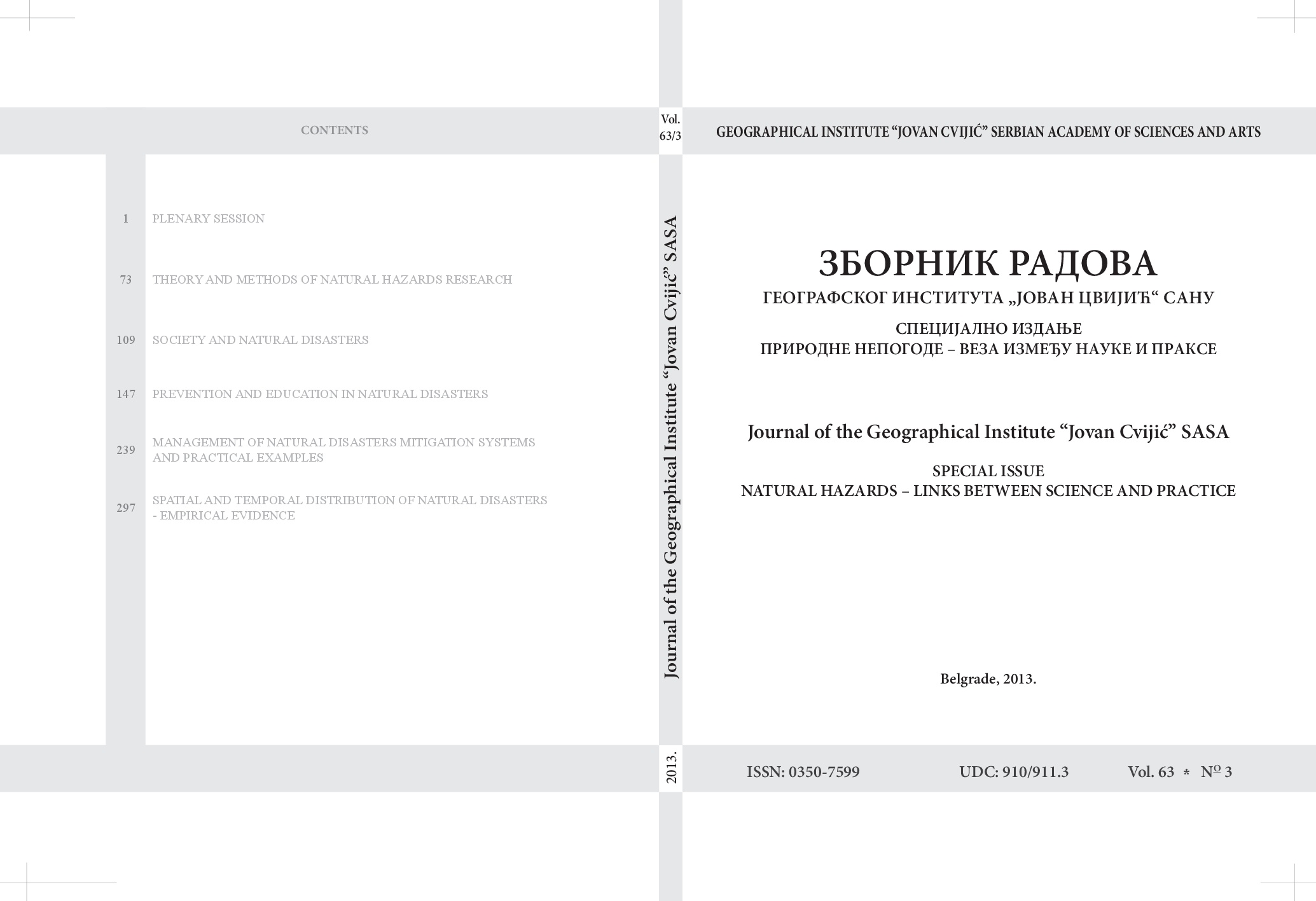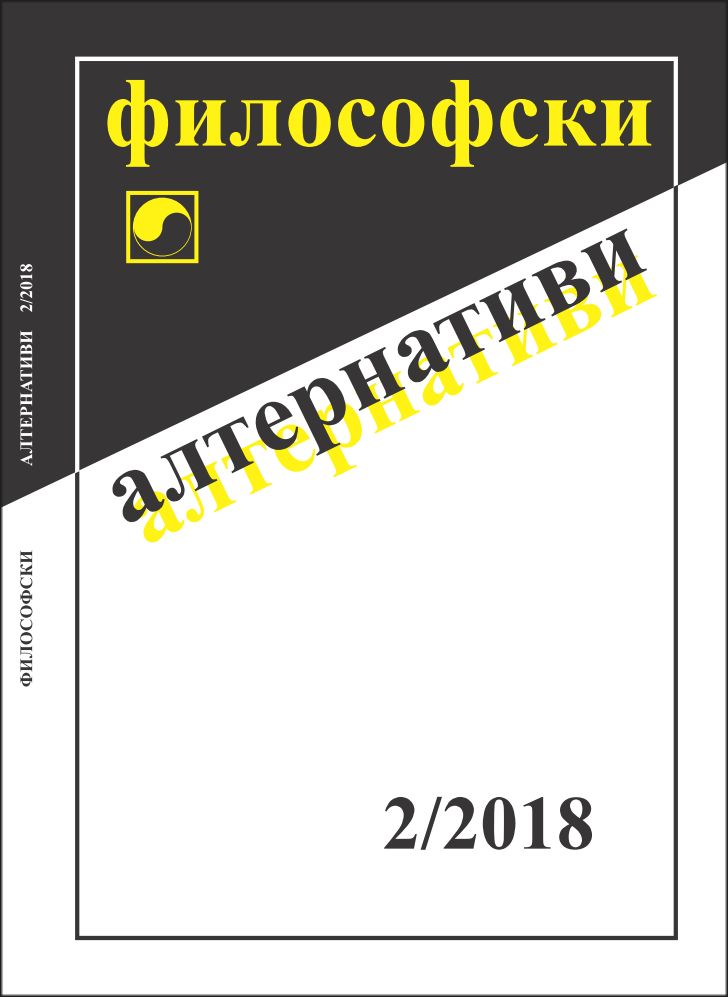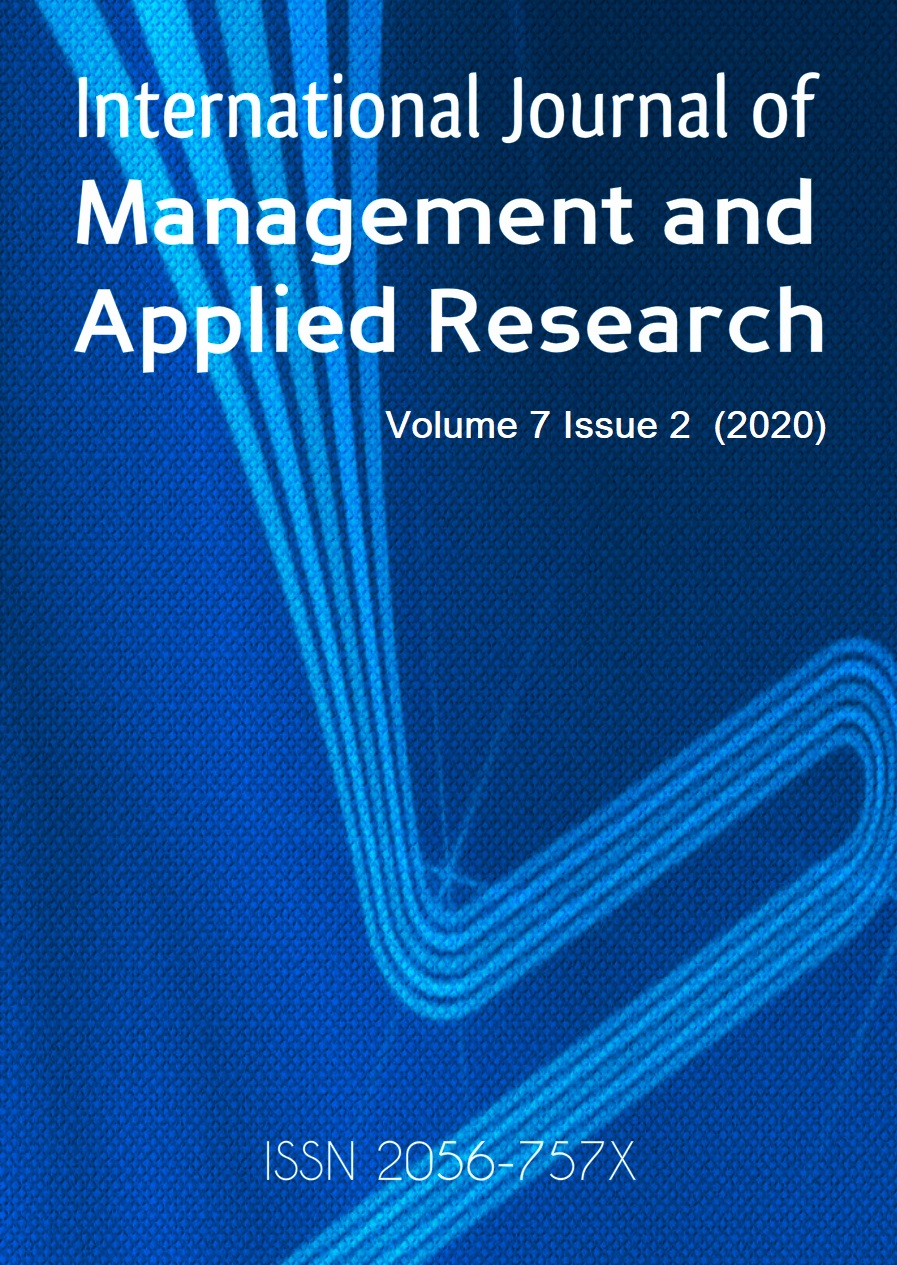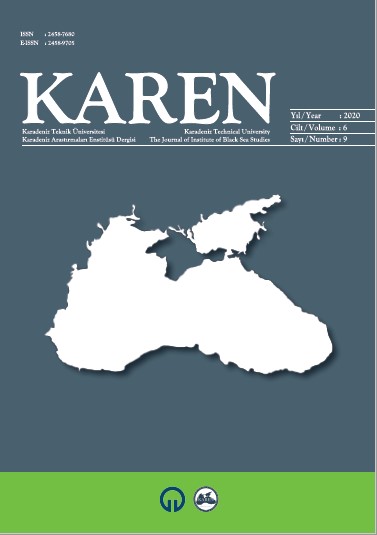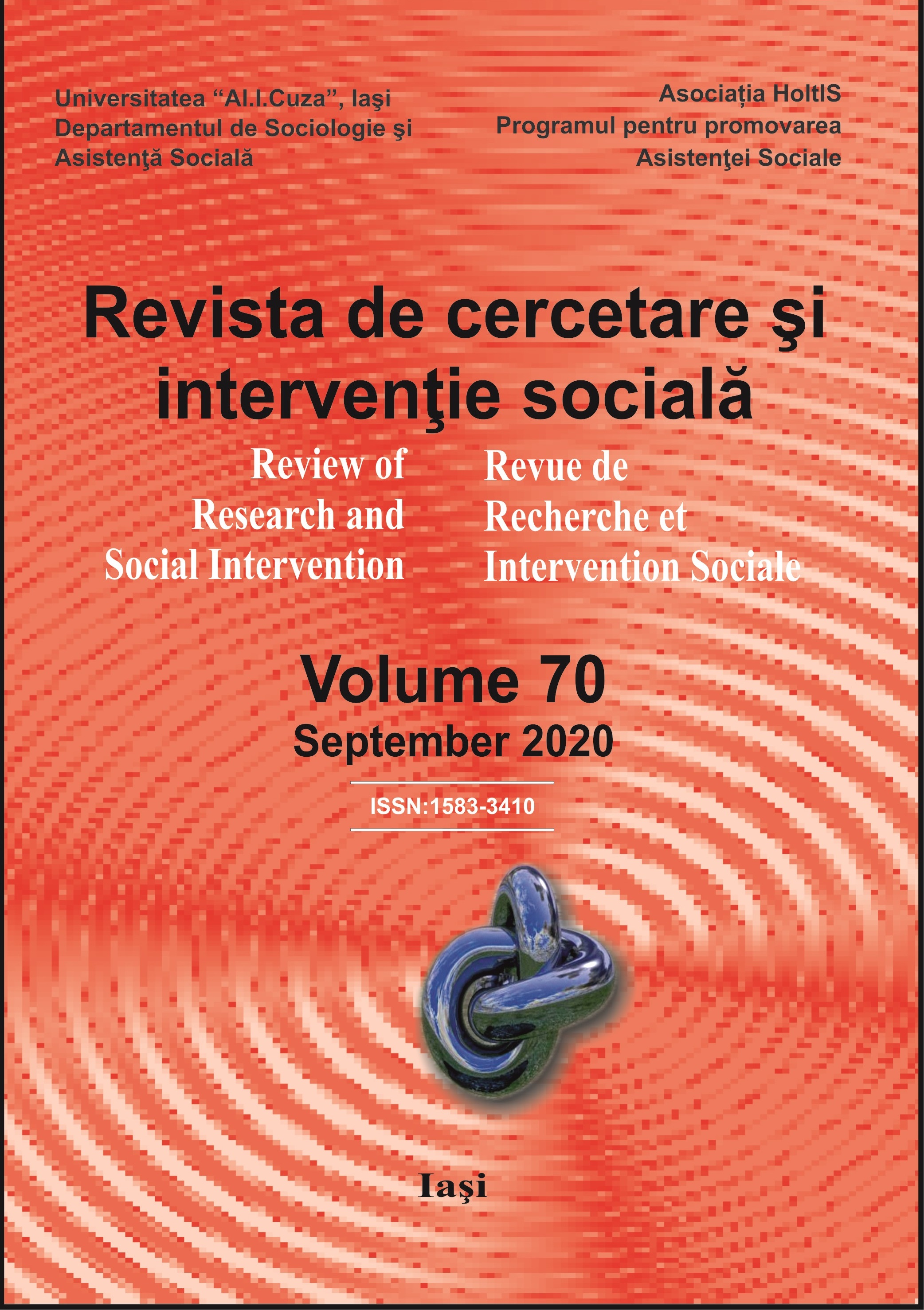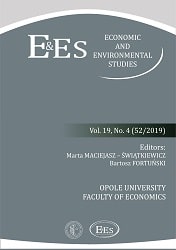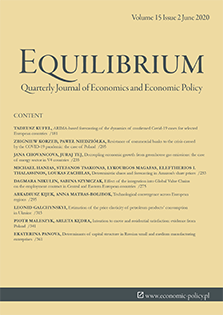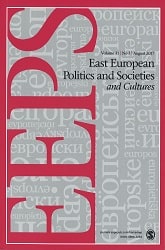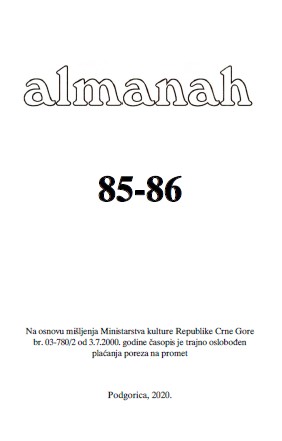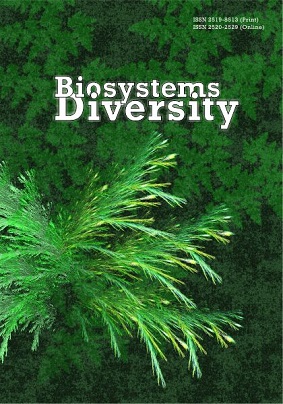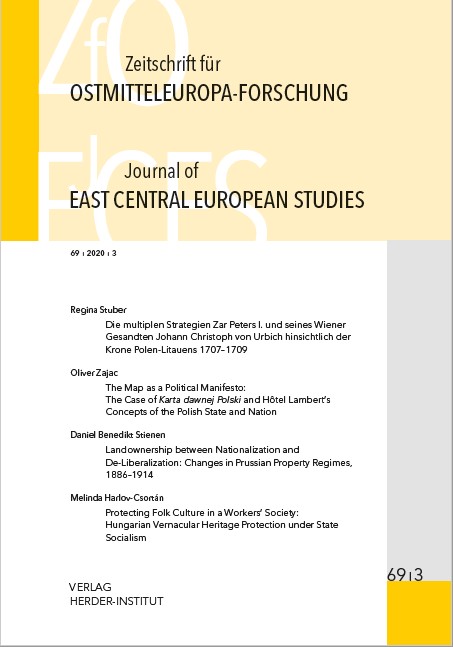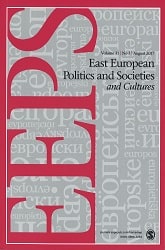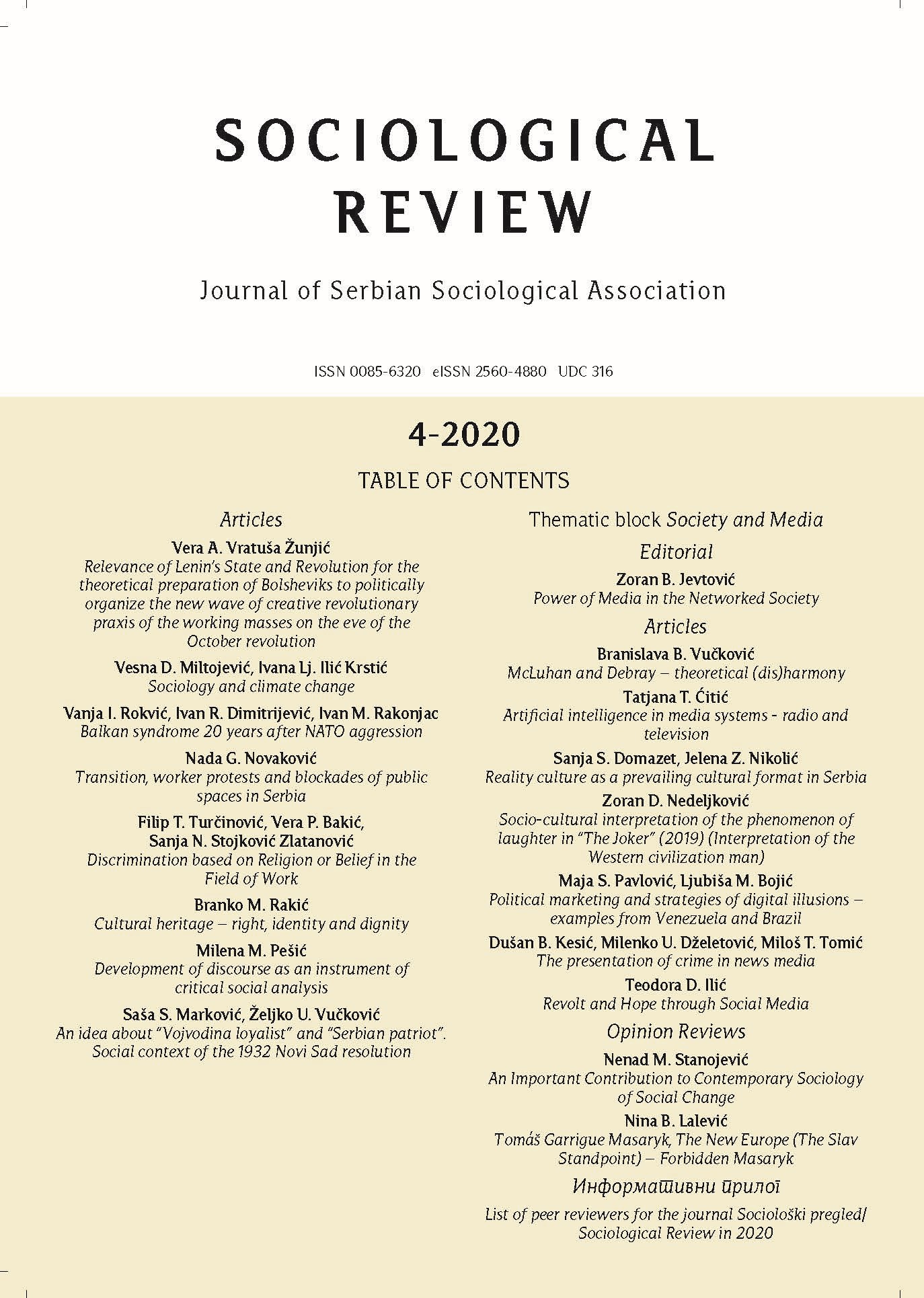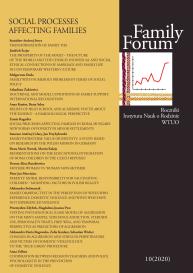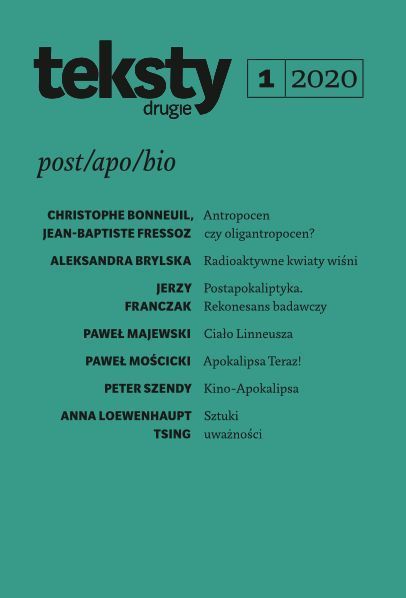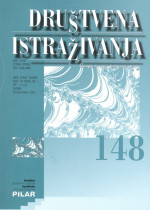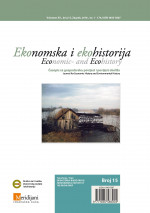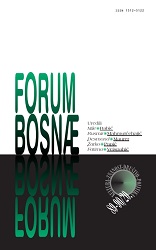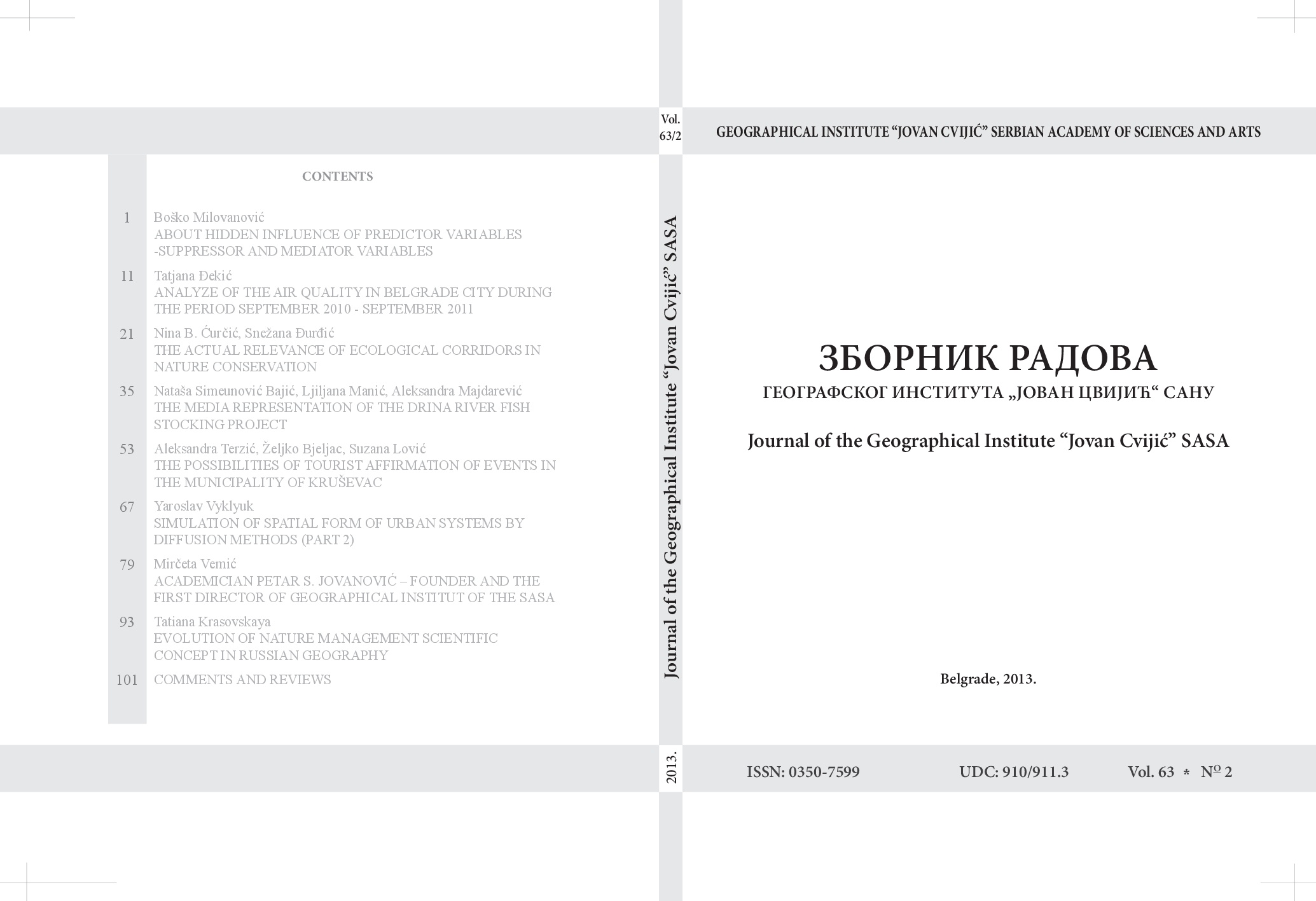
Evolution of Nature Management Scientific Concept in Russian Geography
Nature management is regarded as a process reflecting multiple interrelations in NatureHuman society system. As practical activities it appeared with the beginning of human nature exploitation. But its scientific concept is being developed only nowadays when synthesis of natural and human sciences knowledge became possible. This synthesis reflects the postnonclassical stage of science development in general marked by philosophers. Evolution history of nature management scientific concepts in Russia is presented. It started at the second half of the 20th c. Contributions of economic and physical geography to this process are described. Differences of nature management and geoecology which tasks are often regarded as similar are demonstrated. Geographical nature management absorbs several concepts of geoecology, economic geography, economy, culture studies but must be regarded as a an individual branch of science Examples of geographical nature management outside Russia are given. It develops within the frames of regional analysis– traditional for European and American modern geography. This analysis presents synthesis of geographical, social-economic, geoecological, ethnic-cultural and other knowledge about the studded area and is directed at revealing of nature management administration mechanism.
More...
